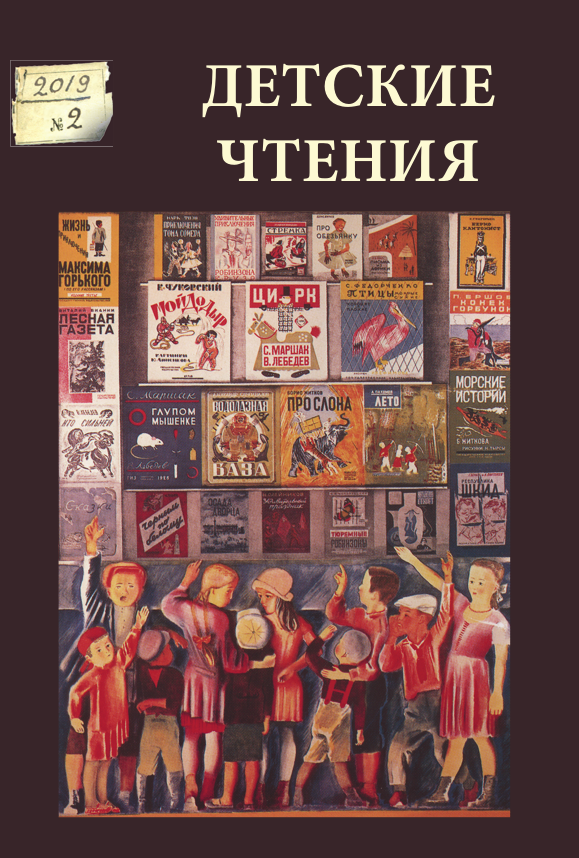Shapes and colours in Monteiro Lobato and Samuel Marchak
DOI:
https://doi.org/10.31860/2304-5817-2019-2-16-280-295Abstract
The article presents some covers of children books of the 1920s — a period that a global revolution in the book art begins, according to D. Fomim — produced for Samuel Marchak (1867–1964) and Monteiro Lobato (1862–1948), two key authors for the development of modern children literature in each country: Marchak in Russian and Lobato in Brazil. They were writers, translators and important editors, attracting a number of artists and painters from various schools, such as Belmonte (1896–1947), K. Wiese (1877–1974), V. Lebedev (1891–1967), V. Konachevitch (1888–1963), M. Tsekhanovski (1889–1965). The analysis proposed is part of my post-doctoral project: “Russian and Brazilian Children Literature: a comparative analysis (1919–1943)”. This Project also involves publishing a series of comparative essays, from the literary and graphic viewpoint, from Russian and Brazilian artists of the same period. The analysis takes into account some aspects (historical period, similar aesthetics, similar activities etc), however the aim is not to establish real contacts or filiations between these two cultures, as proposed by early French comparative studies. The aims is, having the same investigative question, to compare two different semiospheres: “So, the investigation of a same problem in different literary contexts allows to broaden the horizons of the aesthetic knowledge at the same time that, by contrastive analysis, it allows a critical view of national literatures”, as pointed out by Tania Franco Carvalhal.
Keywords: Monteiro Lobato, Samuel Marchak, book covers, design, 1920s, avant-garde vanguard, modernism, book market







